Content Showcase: Video Library
|
Media4Math's Video Library is a collection of videos on key topics in pre-algebra and algebra. Each video includes several worked-out examples that clearly explain the key concept. All videos include real-world applications of math.This is a growing collection of resources, so keep coming back!(Want to learn more about our subscription packages? Click here.)
|
Video Library
| Title Sort ascending | Thumbnail Image | Description |
|---|---|---|
VIDEO: Algebra Applications: Rational Functions |
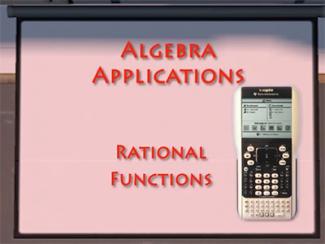
|
VIDEO: Algebra Applications: Rational FunctionsIn this episode of Algebra Applications, students explore various scenarios that can be explained through the use of rational functions. Such disparate phenomena as submarines, photography, and the appearance of certain organisms can be explained through rational function models. |
VIDEO: Algebra Applications: Quadratic Functions, 4 |
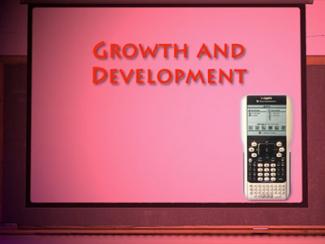
|
VIDEO: Algebra Applications: Quadratic Functions, Segment 4: MedicineFrom the time a baby is born to the time it reaches 36 months of age, there is dramatic growth in height and weight. An analysis of CDC data reveals a number of quadratic models that doctors can use to monitor the growth and development of children. |
VIDEO: Algebra Applications: Quadratic Functions, 3 |
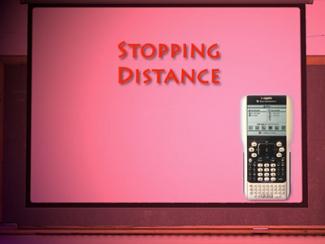
|
VIDEO: Algebra Applications: Quadratic Functions, Segment 3: ForensicsThe distance a car travels even after the brakes are applied can be described through a quadratic function. The total distance is known as the stopping distance and this segment analyzes the quadratic function. This is an equation that can be used by accident investigators. |
VIDEO: Algebra Applications: Quadratic Functions, 2 |
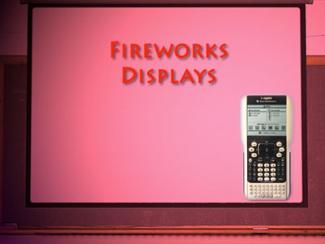
|
VIDEO: Algebra Applications: Quadratic Functions, Segment 2: PyrotechnicsFireworks displays are elegant examples of quadratic function. In this segment the basics of quadratic functions in standard form are developed visually and students are guided through the planning of a fireworks display. |
VIDEO: Algebra Applications: Quadratic Functions, 1 |
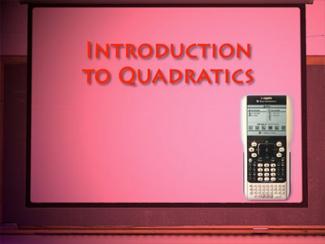
|
VIDEO: Algebra Applications: Quadratic Functions, Segment 1: IntroductionAn overview of the key topics to be covered in the video. This is part of a collection of videos from the Algebra Applications video series on the topic of Quadratic Functions. |
VIDEO: Algebra Applications: Quadratic Functions |
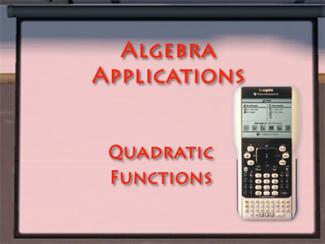
|
VIDEO: Algebra Applications: Quadratic FunctionsIn this episode of Algebra Applications, three real-world explorations of quadratic functions are developed: Pyrotechnics. Fireworks displays are elegant examples of quadratic functions. Forensics. The distance a car travels even after the brakes are applied can be described through a quadratic function. |
VIDEO: Algebra Applications: Logarithmic Functions, 3 |
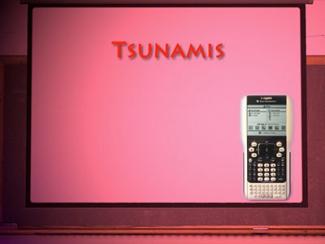
|
VIDEO: Algebra Applications: Logarithmic Functions, Segment 3: TsunamisIn 1998 a devastating tsunami was triggered by a 7.0 magnitude earthquake off the coast of New Guinea. The amount of energy from this earthquake was equivalent to a thermonuclear explosion. Students analyze the energy outputs for different magnitude earthquakes. |
VIDEO: Algebra Applications: Logarithmic Functions, 2 |
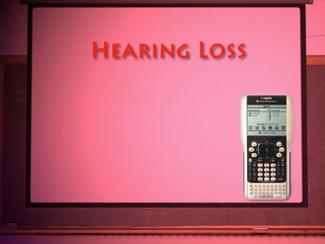
|
VIDEO: Algebra Applications: Logarithmic Functions, Segment 2: Hearing LossWe live in a noisy world. In fact, prolonged exposure to noise can cause hearing loss. Students analyze the noise level at a rock concert and determine the ideal distance where the noise level is out of the harmful range. |
VIDEO: Algebra Applications: Logarithmic Functions, 1 |

|
VIDEO: Algebra Applications: Logarithmic Functions, Segment 1: What Are Logarithms?The mathematical definition of a logarithm is the inverse of an exponential function, but why do we need to use logarithms? This segment explains the nature of some data sets, where incremental changes in the domain result in explosive changes in the range. |
VIDEO: Algebra Applications: Logarithmic Functions |
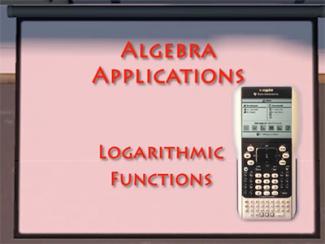
|
VIDEO: Algebra Applications: Logarithmic FunctionsIn this episode of Algebra Applications, students explore various scenarios that can be explained through the use of logarithmic functions. Such disparate phenomena as hearing loss and tsunamis can be explained through logarithmic models. |
VIDEO: Algebra Applications: Linear Functions, 4 |
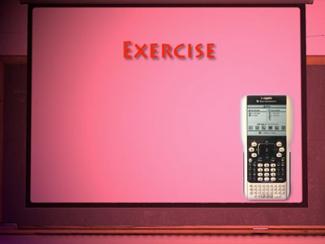
|
VIDEO: Algebra Applications: Linear Functions, Segment 4: Exercise. |
VIDEO: Algebra Applications: Linear Functions, 3 |
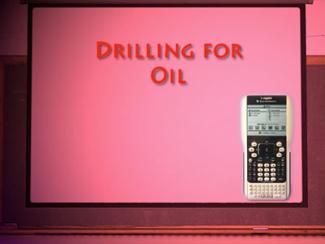
|
VIDEO: Algebra Applications: Linear Functions, Segment 3: Oil Exploration. |
VIDEO: Algebra Applications: Linear Functions, 1 |
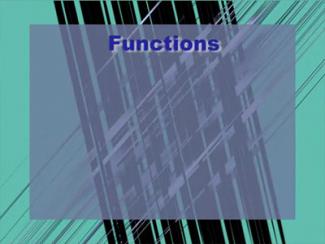
|
VIDEO: Algebra Applications: Linear Functions, Segment 1: Introduction. |
VIDEO: Algebra Applications: Linear Functions |
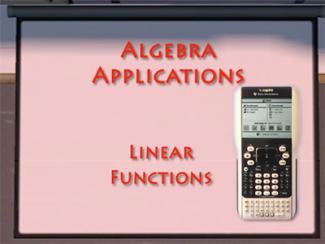
|
VIDEO: Algebra Applications: Linear Functions |
VIDEO: Algebra Applications: Inequalities, 2 |
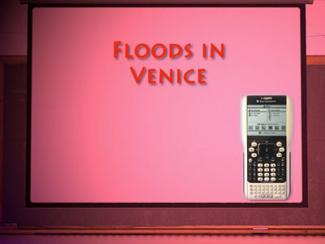
|
VIDEO: Algebra Applications: Inequalities, Segment 2: Floods in VeniceThe city of Venice is slowly sinking into the Adriatic Sea. So what does a city whose streets are full of water do about flooding? Venice experiences a great deal of flooding, and with the expected rise of sea levels over the next century, this ancient city is in peril. |
VIDEO: Algebra Applications: Inequalities, 1 |
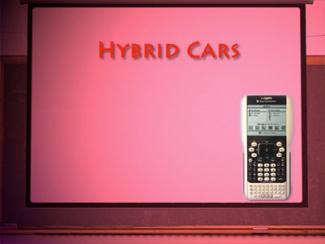
|
VIDEO: Algebra Applications: Inequalities, Segment 1: Hybrid CarsWith the increasing demand worldwide for cars, the cost of gasoline continues to rise. The need for fuel-efficient cars makes hybrids a current favorite. |
VIDEO: Algebra Applications: Inequalities |

|
VIDEO: Algebra Applications: InequalitiesIn this episode of Algebra Applications, two real-world explorations of inequalities are developed. Hybrid Cars. An examination of the equations and inequalities that involve miles per gallon (mpg) for city and highway traffic reveals important information about hybrid cars and those with gasoline-powered engines. |
VIDEO: Algebra Applications: Functions and Relations, 4 |
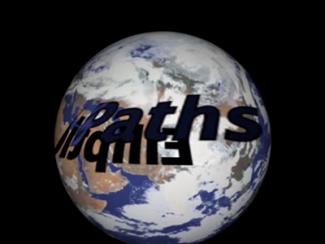
|
VIDEO: Algebra Applications: Functions and Relations, Segment 4: Elliptical Paths.The planets orbiting the sun follow elliptical paths. In fact, the trajectory of a spacecraft traveling to Mars would also be elliptical. Students explore these various ellipses. |
VIDEO: Algebra Applications: Functions and Relations, 3 |
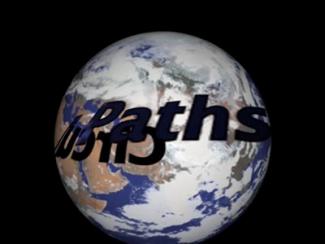
|
VIDEO: Algebra Applications: Functions and Relations, Segment 3: Circular Paths.The path of a rocket orbiting the Earth can be modeled with the equation of a circle. Students explore the quadratic relation and the parametric equations that can be used to model the path of a spacecraft orbiting Earth. |
VIDEO: Algebra Applications: Functions and Relations, 2 |
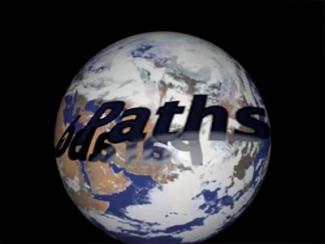
|
VIDEO: Algebra Applications: Functions and Relations, Segment 2: Parabolic Paths.The liftoff and pre-orbital path of the rock is described by a parabola. Students explore the properties of parabolas from the standpoint of the parametric equations that describe the horizontal and vertical directions of motion for the rocket. |
VIDEO: Algebra Applications: Functions and Relations, 1 |
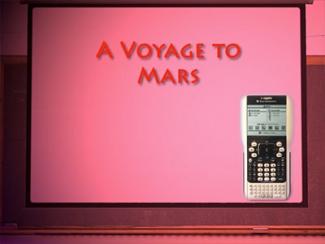
|
VIDEO: Algebra Applications: Functions and Relations, Segment 1: Introduction.Scientists use conic sections to map the trajectories of spacecraft in flight. The setting for this episode is a planned future flight to Mars. As the ship travels from Earth to Mars, parabolic, circular, and elliptical paths are explored. |
VIDEO: Algebra Applications: Functions and Relations |

|
VIDEO: Algebra Applications: Functions and RelationsIn this episode of Algebra Applications, students explore the following scenario: Scientists use conic sections to map the trajectories of spacecraft in flight. The setting for this episode is a planned future flight to Mars. |
VIDEO: Algebra Applications: Exponential Functions, 4 |
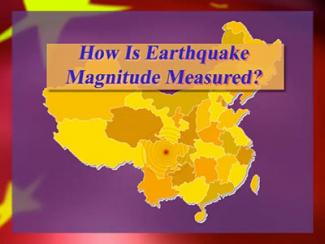
|
VIDEO: Algebra Applications: Exponential Functions, Segment 4: How Is Earthquake Magnitude Measured?In this episode of Algebra Applications, students explore earthquakes using exponential models. In particular, students analyze the earthquake that struck the Sichuan Province in China in 2008, months before the Beijing Olympics. |
VIDEO: Algebra Applications: Exponential Functions, 3 |
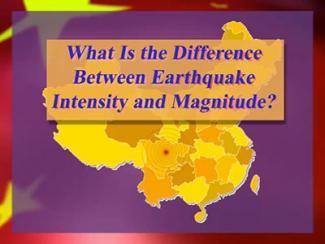
|
VIDEO: Algebra Applications: Exponential Functions, Segment 3: What Is the Difference between Earthquake Intensity and Magnitude?In this episode of Algebra Applications, students explore earthquakes using exponential models. |
VIDEO: Algebra Applications: Exponential Functions, 2 |
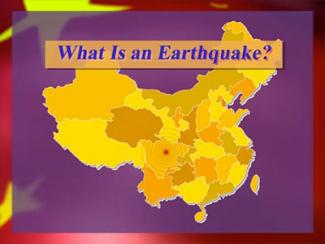
|
VIDEO: Algebra Applications: Exponential Functions, Segment 2: What Is an Earthquake?In this episode of Algebra Applications, students explore earthquakes using exponential models. In particular, students analyze the earthquake that struck the Sichuan Province in China in 2008, months before the Beijing Olympics. |